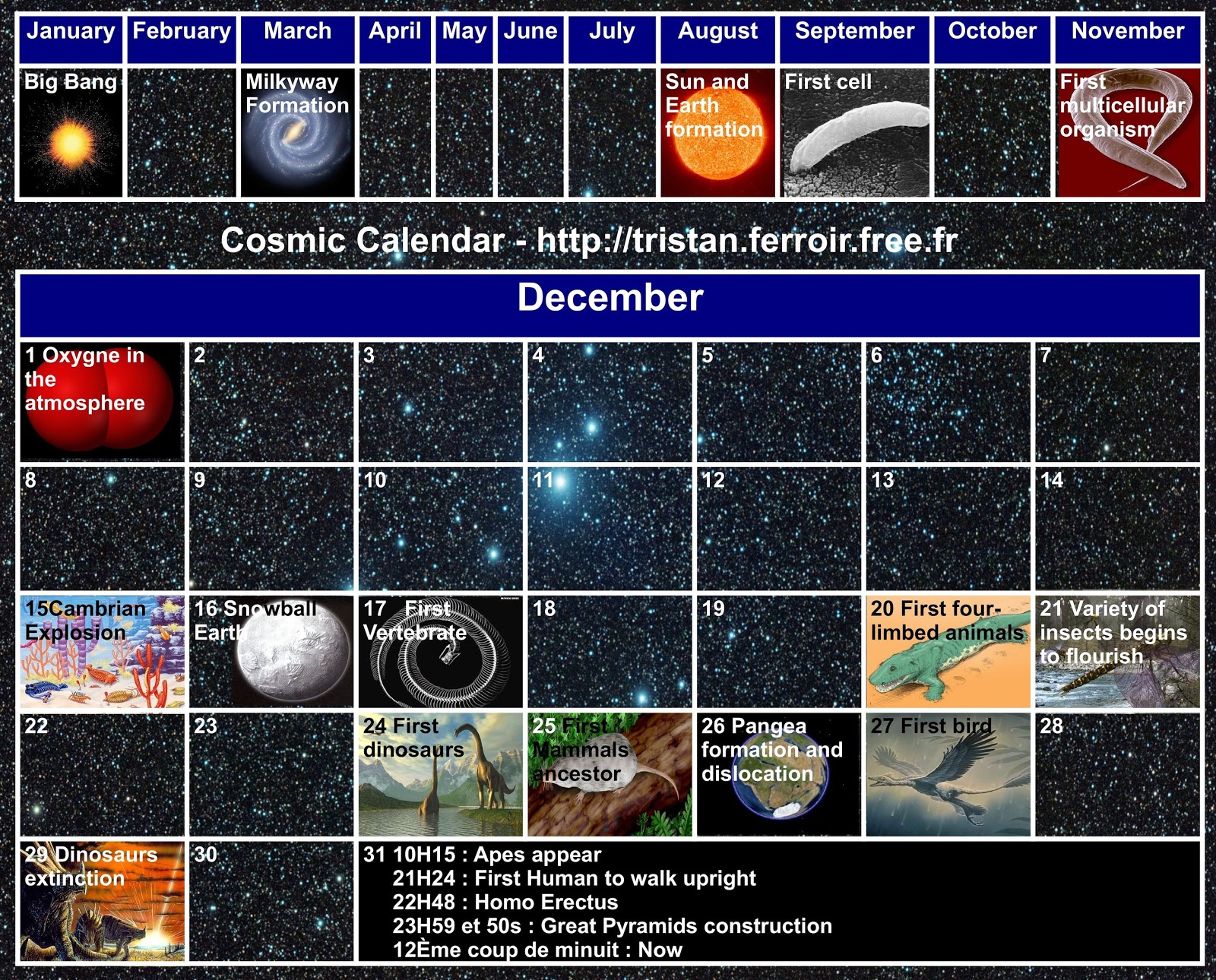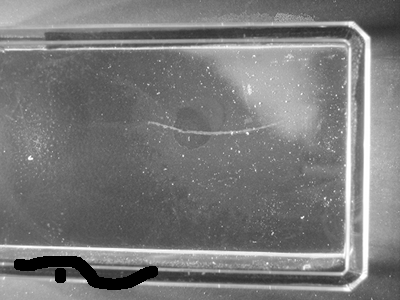The first thing is to put some marshmellows in a vacuum jar. Of course they
swell up, and then deflate a little. Then when you let the air back in, they
get crushed down to a size smaller than they started. This shows that
marshmellows are a closed-cell foam, with cell walls made from sugar, water,
gelatin and vanilla flavoring. This material is a little bit elastic. So
when the cells expand, some of the bubble walls burst, and the marshmellows
contract a bit. Other closed-cell foams are beer foam, and soap bubbles. Of
course you have to bring a balloon to see it expand in the vacuum. No, it will
not explode.
Another way to expand the marshmellows is to heat them in a microwave oven.
They swell up much more than in the vacuum jar as the water in them turns to
steam, and collapse again when the oven turns off and the steam condenses.
Next, take the rotating table out of the oven, and replace it with a piece of
cardboard (covered with paper). Spread miniature marshmellows on this surface,
and turn on the microwave. After a few seconds, marshmellows in certain places
will swell up, while the others are unaffected. Turn the oven off, and measure
the disstance between adjacent pairs of melted blobs. In my case, this was about
7 cm. The label on the oven gave the frequency as 2450 MHz. Since the
speed of light is frequency×wavelength, this comes out to be
2450.000.000×2×7 = 34300000000 cm/s = 343000 km/s, in the right
ballpark.
Since I had the microwave oven there, and a vacuum jar, I also showed that
the boiling point
of water goes down as the pressure goes down. First I put a cup of water in the microwave,
and made it boil. At sea level, this happens at 100°C. I took the cup out, and
measured the temperature with an oven thermometer. By the time you have a reading, the
temperature has dropped to 80°C or so. Then put it in the vacuum jar and turn on the
pump. After a few seconds, the water will suddenly boil again, and stop when you let the
air back in. When the water is cool enough to touch (about body temperature, you can still
make it boil in the vacuum. This means that if an astronaut working in space rips her
space suit, her blood will boil instantly. What is worse,
you can't yell for help: I rigged
a doorbell in the jar can be heard outside, until you pump the air out.
There is no
sound in space.
|










 The week before we had talked about the history of the earth, including
The week before we had talked about the history of the earth, including